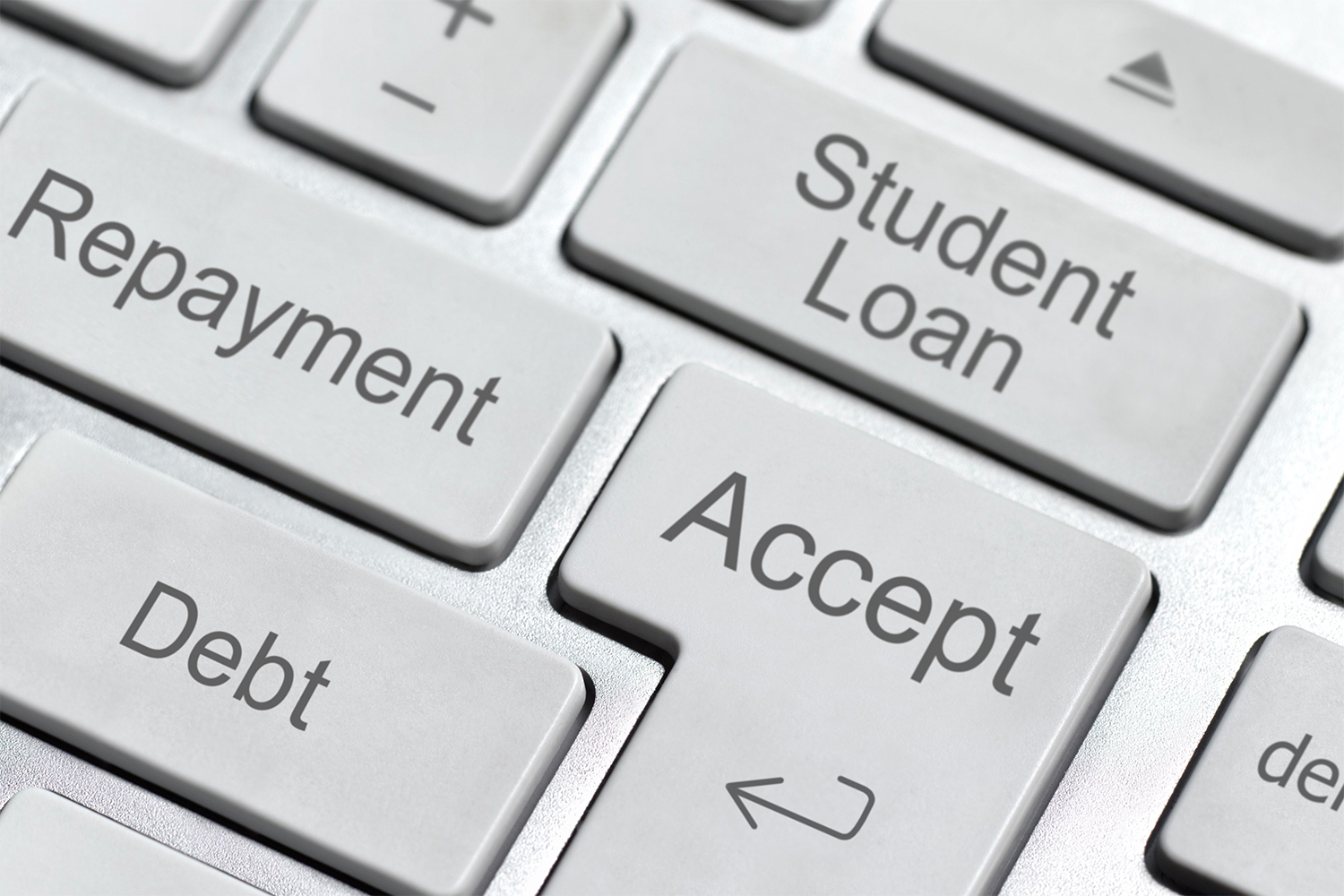
Canceling student loan debt
Jill Stein was the only candidate for President to call for student loan forgiveness during the 2016 election.
Two years later it remains a topic of discussion, as economists point to the amount of student loan debt as a warning sign for another economic downward spiral.
“A lot of things are being postponed. You got what you call a crowding-out effect – people only have so much money. There’s a lot of business activity not taking place… It’s a drag on everything,” Barbara O’Neill, a financial resource management specialist at Rutgers University, told Business Insider.
Mrs. Stein reasoned that because the Federal Government bailed out corporations during the great recession, there is no reason it can’t do the same for students.
“We did it for the corporate crooks, why don’t we do it for the young people who are the victims of those corporate crooks,” Jill Stein stated on her campaign site.
Some supporters of Stein’s plan also cite the recent Republican tax cuts, which they claim disproportionately benefits the wealthy and comes with a price tag of $2.3 trillion over the next ten years.
“They just passed a tax cut for the rich, which according to the last estimate we looked at was $1.9 trillion dollars. So if we are subsidizing the rich, and we are subsidizing the bankers, why can’t we get rid of this albatross around our necks which would actually help the economy far more?” Cenk Uygur of The Young Turks said of the plan.
But, of course, a plan this big has its share of critics.
“The idea that student loan debt is hurting the economy in general is not plausible because of the way borrowing and lending money works,” Jeffrey Dorfman, a contributor at Forbes, said.
Mr. Dorfman argues that the increase in a student’s spending is canceled out by the spending of the lender, and the process is reversed when the student finishes paying off the loan.
“When college students borrow money to fund their educational and related expenses, that raises their spending. That increase in spending by college students (on tuition, rent, food, books, and the like) is exactly offset by the foregone spending of those who lend them the money,” Dorfman stated.
That leads into his final point: student loan debt doesn’t affect consumer spending, which supporters of Stein’s plan claim forgiveness will boost.
“Borrowing and lending money do not make consumer spending larger or smaller; they simply change who is doing the spending when,” Dorfman said.
With student loan debt at around $1.5 trillion, don’t get hopes up that there will be any clear cut solution anytime soon.
